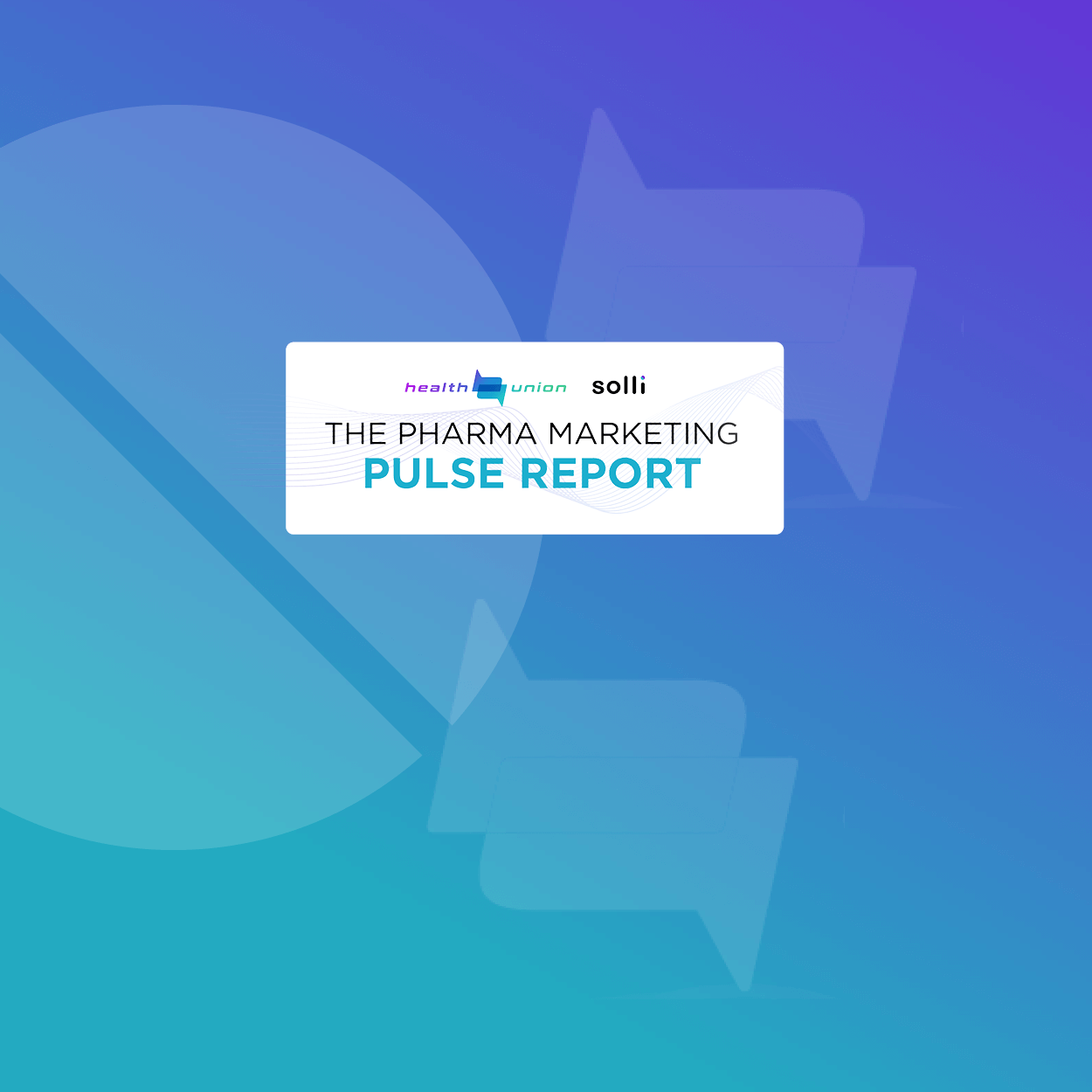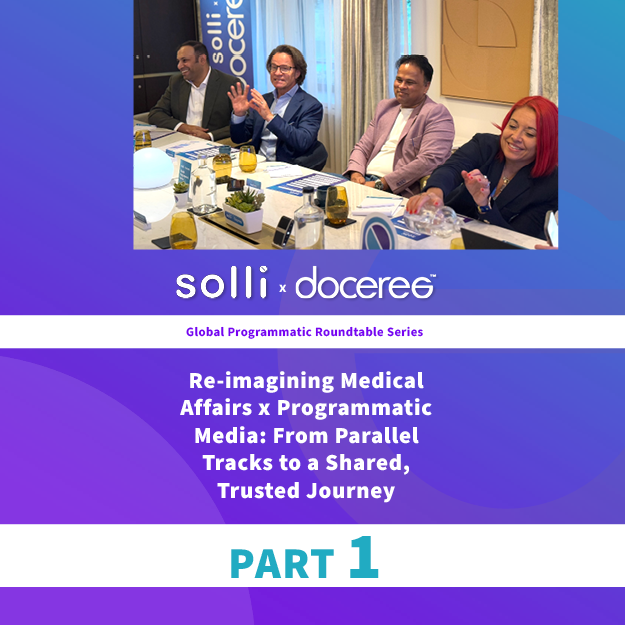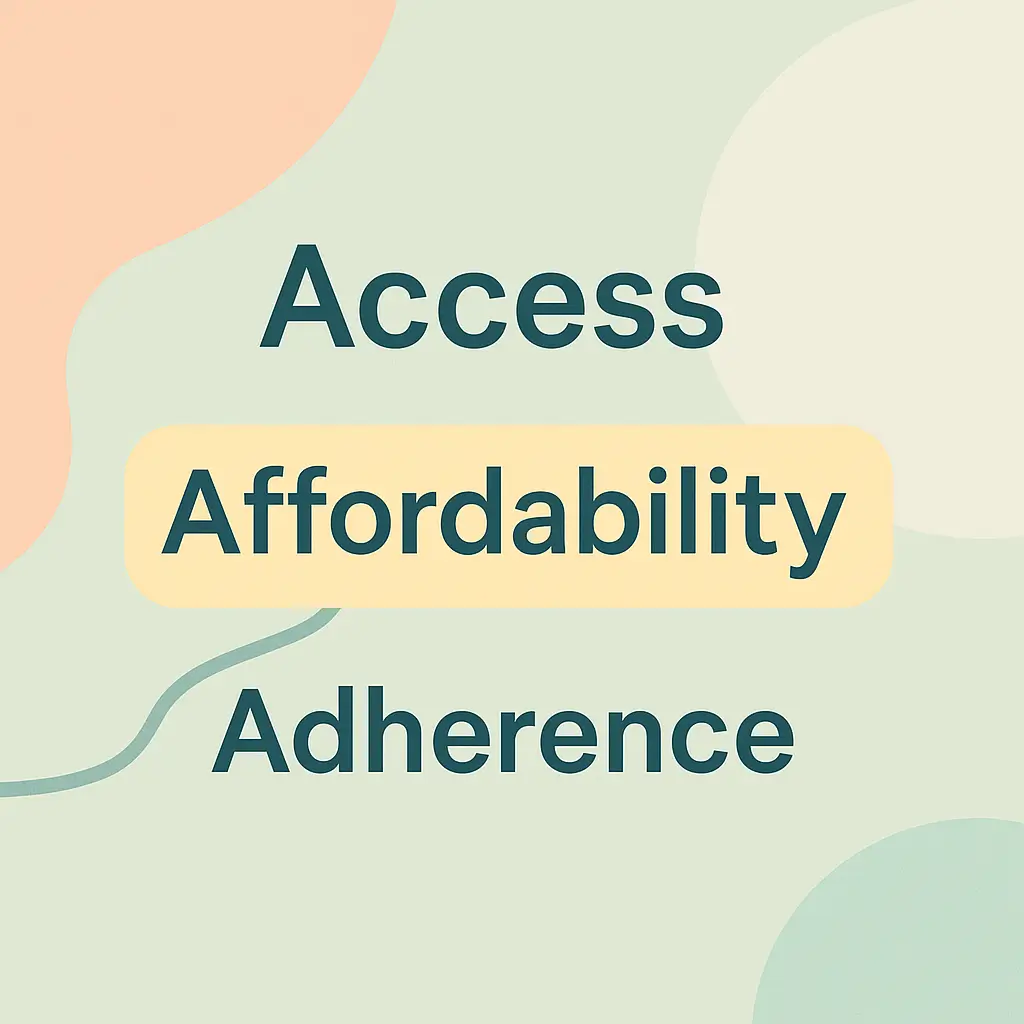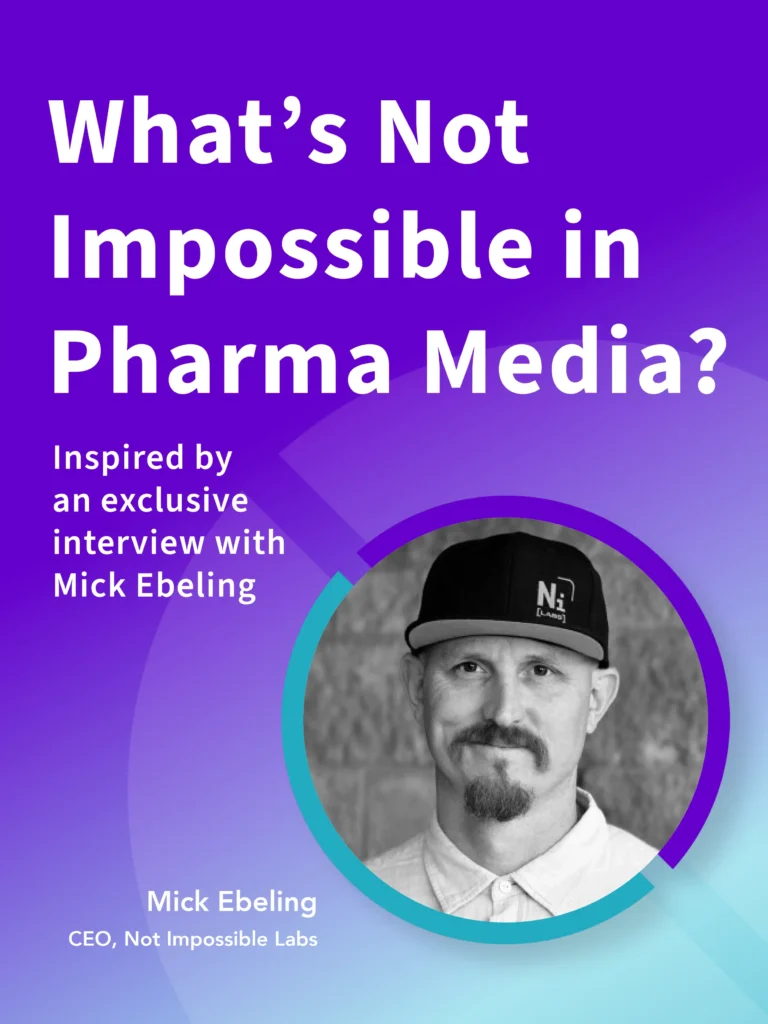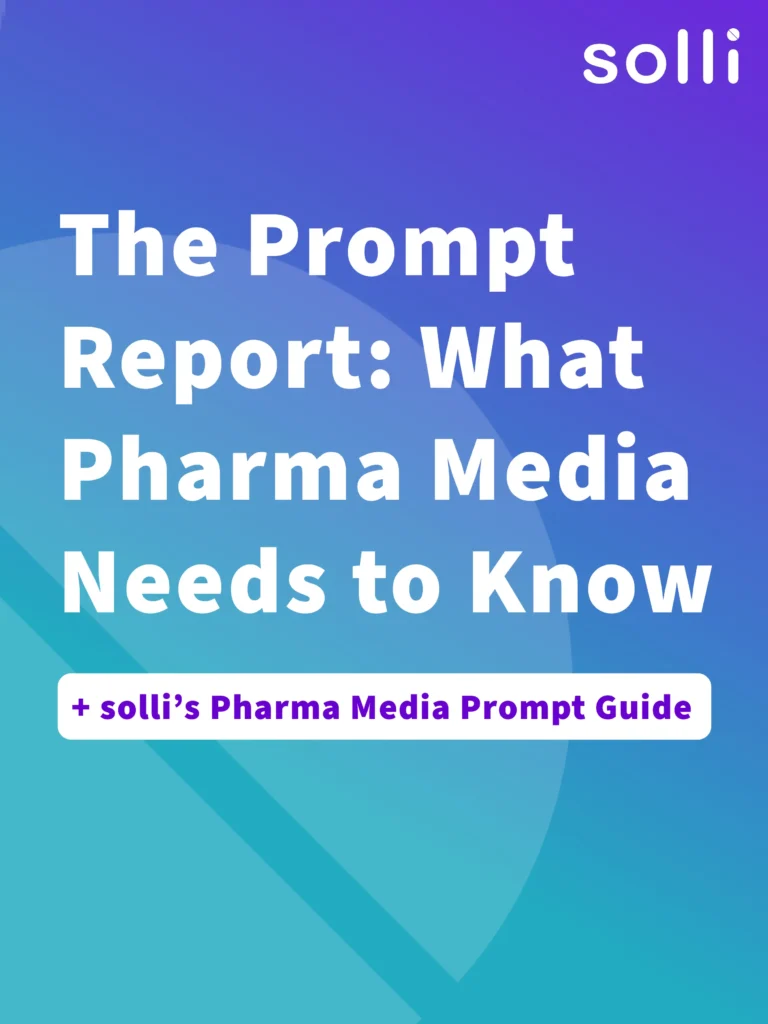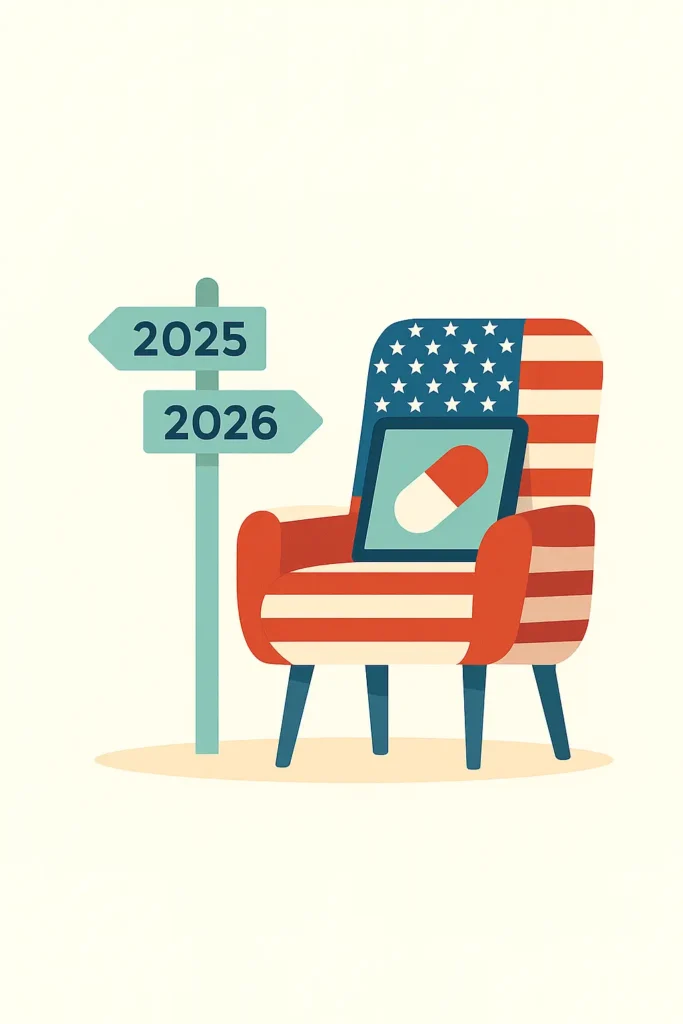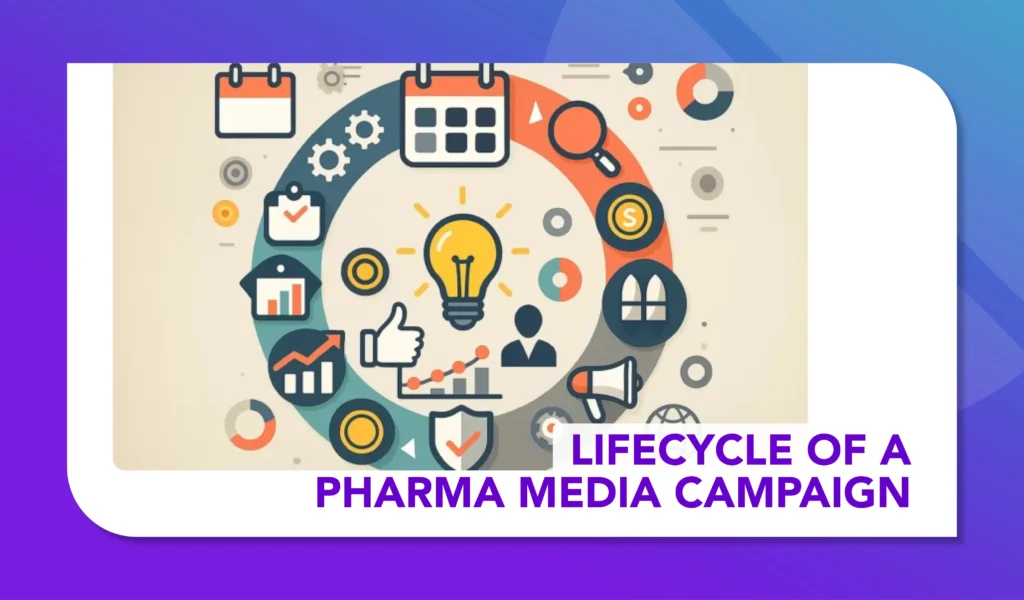The Creator Conundrum
Bridging the Metrics Gap in Creator Marketing: What Pharma Can Learn

A recent report from influencer marketing agency Billion Dollar Boy explores a growing tension in creator-driven campaigns: the disconnect between creative ambition and performance expectations. For pharmaceutical marketers increasingly engaging creators to support health education and brand trust, the findings point to the need for more nuanced measurement strategies.
The research, based on a survey of 2,000 senior marketers across the US and UK, reveals that while creator campaigns are often designed to build awareness and trust, they are frequently evaluated using bottom-funnel metrics such as ROI and acquisition.
Two Lists, One Problem: When Goals and Metrics Don’t Match
The survey of 2,000 senior marketers in the US and UK reveals a common mismatch between what creator campaigns are designed to achieve and how their success is measured.
What Marketers Aim to Achieve:
-
Raise brand awareness (41%)
-
Reach new or underserved audiences (37%)
-
Encourage engagement or conversions (35%)
How Success Is Measured:
-
Return on investment (60%)
-
Customer acquisition and retention (60%)
-
Brand sentiment (59%)
This gap creates a problem. While the intent behind creator campaigns is often to build trust, connect emotionally, or expand reach, marketers frequently judge them by hard performance metrics typically reserved for sales-focused advertising. That misalignment can lead to reduced funding or premature judgment—penalizing campaigns not because they failed, but because they were measured in the wrong way.
Relevance for Pharmaceutical Media
As creator partnerships expand across health and wellness sectors – including point-of-care and digital channels – the pressure to deliver short-term results can challenge the strategic purpose of such campaigns. In regulated categories like pharma, where trust, credibility, and emotional resonance are central, the value of creator content may not be immediately measurable through performance KPIs alone.
The report suggests that while pharma brands are beginning to experiment with influencers and creators, the lack of tailored measurement frameworks could limit their impact or lead to underinvestment in creative strategies that support awareness and adherence.
Recommended Actions for Marketers
To close the gap between creative goals and commercial expectations, the report recommends:
-
Aligning objectives and benchmarks from the outset
-
Building a full-funnel measurement framework
-
Ensuring creative strategies are evaluated on long-term value, not just immediate returns
For media teams in pharma and biotech, the lesson is clear: campaigns that aim to educate or inspire must be measured differently from those built to drive direct conversions. Without frameworks that account for brand lift, emotional engagement, and trust-building, the potential of creator-led content may be undervalued.
This is particularly relevant as pharma campaigns become more personalized, context-aware, and omnichannel in nature.
Questions from solli
-
How can pharma brands build measurement models for creator activity that reflect both behavioral and emotional impact?
-
What role can HCPs or patient advocates play in credible, creator-driven messaging?
-
How do compliance protocols adapt to account for the unique nature of creator content?
Read the full report HERE




